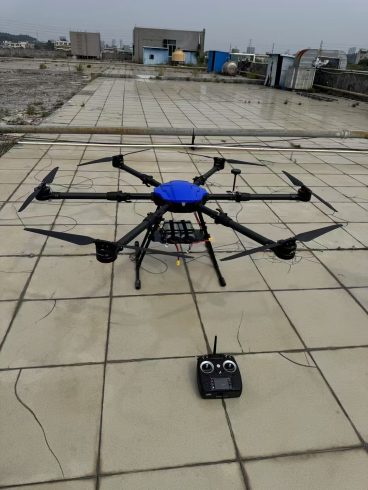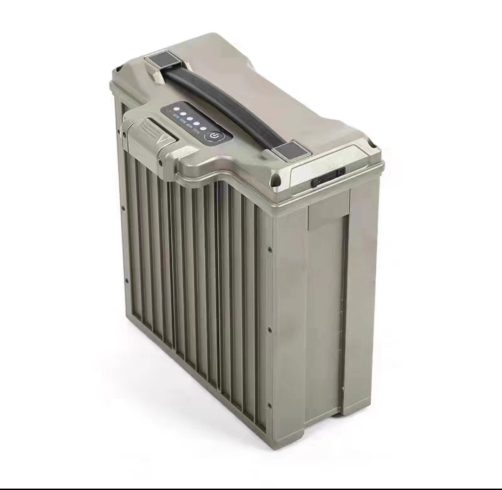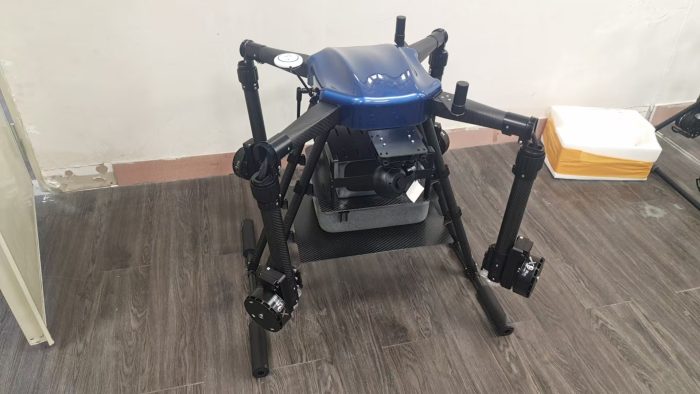![图片[1]-Legal Regulations for Drone Spraying: Navigating Compliance for Safe and Effective Operations-msoen](https://www.msoen.com/wp-content/uploads/2025/04/27fe7401e7184641-1024x768.jpg)
Drone spraying offers unparalleled efficiency in agriculture, but its adoption is tightly governed by legal frameworks designed to ensure safety, environmental protection, and public health. Ignoring these regulations can lead to fines, operational shutdowns, or ecological harm. This article outlines key legal requirements for drone spraying globally, strategies for compliance, and emerging trends shaping the regulatory landscape.
Global Regulatory Overview
Regulations vary by country, but common themes include licensing, chemical use, and airspace restrictions. Below are highlights from major agricultural regions:
- United States
- Federal Aviation Administration (FAA):
- Requires a Part 107 Remote Pilot Certificate for commercial drone operations.
- Part 137 Certification is mandatory for aircraft (including drones) conducting pesticide applications.
- Environmental Protection Agency (EPA):
- Regulates pesticide use under the Federal Insecticide, Fungicide, and Rodenticide Act (FIFRA).
- Operators must adhere to label instructions for drone-applied chemicals.
- European Union
- European Aviation Safety Agency (EASA):
- Drones over 250g require operator registration and CE class identification labels.
- Spraying drones must comply with Regulation (EU) 2019/947 for specific category operations.
- EC 1107/2009:
- Bans aerial spraying of pesticides in most cases, with exemptions for drones if proven to reduce environmental impact.
- India
- Directorate General of Civil Aviation (DGCA):
- Requires a Unique Identification Number (UIN) and Remote Pilot License for drones over 2kg.
- State-level agricultural departments may impose additional permits for chemical use.
- Australia
- Civil Aviation Safety Authority (CASA):
- Spraying drones must operate under ReOC (Remotely Piloted Aircraft Operator Certificate).
- Australian Pesticides and Veterinary Medicines Authority (APVMA):
- Mandates chemical labels to specify drone compatibility and application rates.
Common Legal Requirements for Drone Spraying
- Operator Certification:
- Pilots often need specialized training in both drone operation and chemical handling.
- Chemical Compliance:
- Only use pesticides/herbicides approved for aerial application.
- Document chemical volumes, application zones, and weather conditions.
- Airspace Restrictions:
- Avoid no-fly zones (e.g., near airports, protected ecosystems, or urban areas).
- Environmental Safeguards:
- Maintain buffer zones around water bodies, beehives, or organic farms.
- Insurance:
- Liability insurance is mandatory in most regions to cover drift-related damages.
Strategies for Compliance
- Research Local Laws:
- Consult aviation and agricultural agencies before operations.
- Example: In Brazil, drone sprayers must obtain ANAC (National Civil Aviation Agency) and IBAMA (Environmental Agency) permits.
- Invest in Training:
- Enroll in courses covering drone piloting, chemical safety, and emergency protocols.
- Leverage Technology:
- Use geofencing software to avoid restricted areas.
- Deploy drift-reduction nozzles to meet buffer zone requirements.
- Maintain Records:
- Log flight paths, chemical usage, and weather data for audits.
Case Study: Overcoming Regulatory Hurdles in Kenya
A Kenyan tea plantation faced fines for unlicensed drone spraying. After adopting a compliance strategy—securing KCAA (Kenya Civil Aviation Authority) permits, training staff, and switching to approved herbicides—the farm reduced chemical costs by 20% and avoided legal penalties.
Emerging Regulatory Trends
- Harmonized Standards:
- Organizations like ISO and ICAO are developing global guidelines for agricultural drones.
- Digital Permitting Systems:
- Platforms like India’s Digital Sky streamline license applications and airspace approvals.
- Eco-Certification Programs:
- Certifications like EU Organic may require drone-specific sustainability practices.
- Real-Time Monitoring:
- Governments are testing remote ID systems to track drone spraying activities in real time.
Penalties for Non-Compliance
Violations can result in:
- Fines: Up to $25,000 per incident in the U.S. under FIFRA.
- License Revocation: Permanent bans on drone operations in severe cases.
- Criminal Charges: For intentional misuse leading to environmental harm.
Future Outlook
Regulations will likely tighten as drone spraying scales. Key developments to watch:
- Blockchain Audits: Immutable records for chemical use and flight data.
- AI-Driven Compliance Tools: Software that auto-generates regulatory reports.
- Bilateral Agreements: Cross-border standards for drone spraying in regions like ASEAN or Africa.
Conclusion
Navigating legal regulations is essential for sustainable and profitable drone spraying. By prioritizing certifications, chemical compliance, and technology adoption, operators can avoid penalties while contributing to safer, greener agriculture. As laws evolve, proactive engagement with regulators and industry groups will be critical to shaping policies that balance innovation with public and environmental safety.
Keywords: legal regulations for drone spraying, drone spraying compliance, agricultural drone laws, pesticide drone regulations, drone operator certification












暂无评论内容